Japanese Beech Lumber
- August 7, 2023
- 0 comment
Japanese Beech (Fagus crenata) is a highly valued hardwood species indigenous to Japan, cherished for its remarkable versatility, captivating appearance, and exceptional strength. The lumber derived from Japanese Beech holds a prominent place in numerous applications owing to its outstanding properties and widespread availability.
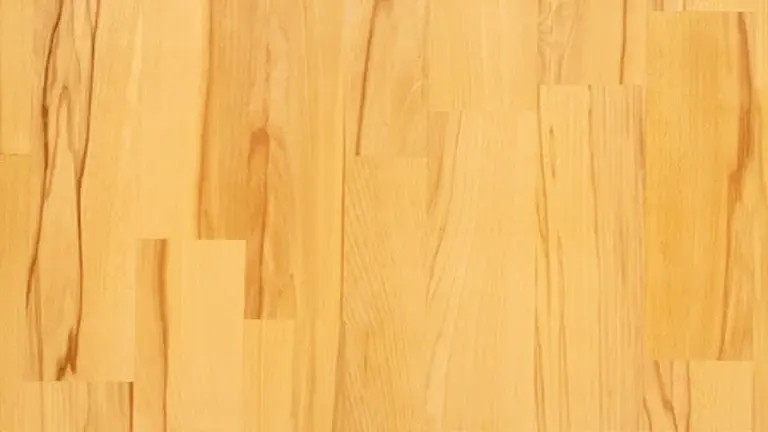
Renowned for its smooth and even texture, the wood exhibits a delightful palette ranging from pale cream to light brown, occasionally adorned with reddish-brown hues that mature and deepen with time and sunlight exposure. Craftsmen and woodworkers appreciate the ease with which Japanese Beech can be worked with hand and machine tools, thanks to its moderate density and straight, uniform grain patterns that minimize the risk of tear-out in the more interlocked sections.
The popularity of Japanese Beech extends beyond its attractive aesthetics, as its commendable durability and resistance to decay and insects make it a preferred choice for various indoor applications. Furniture makers, cabinetry experts, and interior joinery artisans rely on this timber to create elegant and functional pieces. Additionally, its suitability for flooring, veneer, and even musical instruments further underscores its versatility.
| Property | Description |
|---|---|
| Common Name(s) | Japanese Beech, Siebold’s Beech |
| Scientific Name | Fagus crenata |
| Distribution | Native to Japan |
| Tree Size | Medium to large |
| Average Dried Weight | 670 kg/m3 (42 lbs/ft3) |
| Specific Gravity | 0.67 |
| Janka Hardness | 1,450 lbf (6,440 N) |
| Modulus of Rupture | 15,580 psi (107.4 MPa) |
| Elastic Modulus | 1,810,000 psi (12.48 GPa) |
| Crushing Strength | 8,460 psi (58.3 MPa) |
| Shrinkage | Radial: 5.3%, Tangential: 10.4%, Volumetric: 15.8% |
Characteristics
Color/Appearance
Japanese Beech exhibits a pleasing color range, starting from pale cream to light brown. Occasionally, reddish-brown hues can be observed, adding character to the wood. As Japanese Beech ages and is exposed to sunlight, its color deepens, developing a rich patina that enhances its visual appeal.
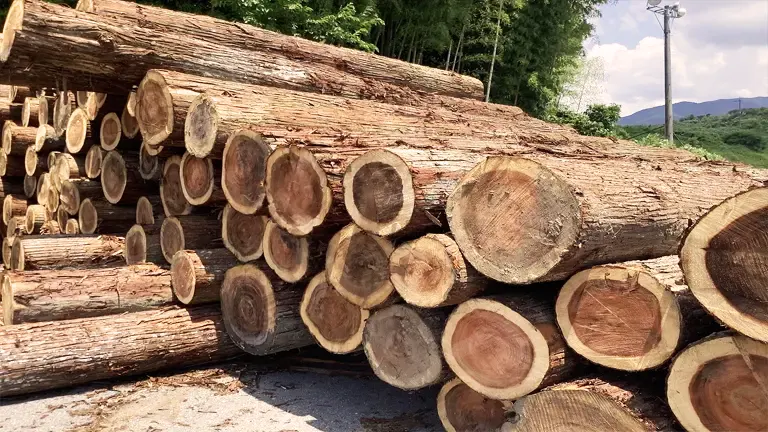

Grain/Texture
The wood of Japanese Beech is known for its fine and even texture, contributing to its smooth and lustrous appearance. The grain pattern is generally straight, creating a sense of uniformity and elegance in finished products. This consistent grain structure makes it a favorite among woodworkers, as it allows for clean and precise work.
Rot Resistance
Japanese Beech demonstrates moderate durability when it comes to resisting decay and insect attacks. While it fares well in indoor applications and protected environments, it may not be as resilient as some other hardwoods when exposed to prolonged outdoor conditions.
Workability
One of the key advantages of Japanese Beech is its excellent workability. The wood’s moderate density and straight grain make it relatively easy to work with both hand and machine tools. Woodworkers can shape, cut, and carve Japanese Beech with precision and ease. However, some interlocked grain areas require extra care to prevent tear-out during cutting and planing.
Odor
Japanese Beech is known for its lack of distinctive odor or scent, making it a pleasant and neutral wood to work with.
Allergies/Toxicity
Japanese Beech lumber is generally considered safe to work with, as there are no known allergies or toxicity issues associated with it.
Pricing/Availability
Japanese Beech is moderately priced and is commonly available in regions where sustainable harvesting practices are practiced. Its reasonable cost and accessibility make it a popular choice among woodworkers and designers.
Sustainability
When harvested responsibly and managed through appropriate forestry practices, Japanese Beech is considered a sustainable species. By ensuring proper replanting and forest management, the supply of Japanese Beech can be maintained for future generations.
Common Uses
Japanese Beech lumber is highly versatile and widely used in various industries. It is favored in furniture making for its appealing appearance and ease of workability, resulting in beautifully crafted pieces. The wood’s smooth texture and straight grain make it a popular choice for cabinetry and interior joinery. In the flooring industry, Japanese Beech creates elegant and durable surfaces. Additionally, it is utilized in veneer production to enhance the natural beauty of surfaces. Notably, Japanese Beech finds its way into musical instruments, with its tonal properties making it suitable for crafting guitar bodies and piano components. Its adaptability and quality have firmly established Japanese Beech as a reliable and sought-after hardwood in the world of woodworking.
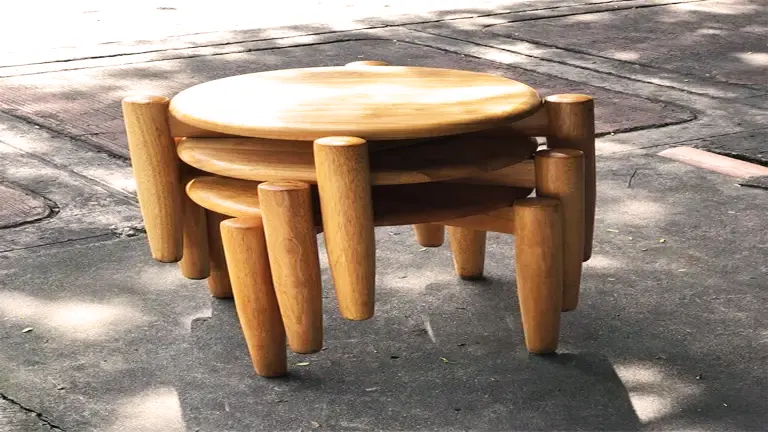

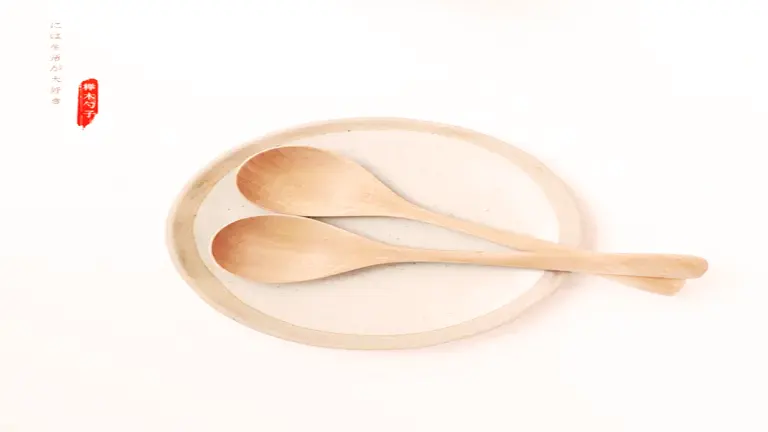
Frequently Asked Questions
- Is Japanese Beech suitable for outdoor use?
While moderately durable, Japanese Beech is not the best choice for prolonged outdoor exposure and should be used indoors or in protected environments. - How does Japanese Beech compare to American Beech?
Japanese Beech tends to be harder and denser than American Beech, but both share similar appearance and working characteristics. - Can Japanese Beech be stained or finished easily?
Yes, Japanese Beech takes stains and finishes well, allowing for customization according to the desired aesthetics. - Is Japanese Beech a sustainable choice for woodworking?
When sourced from responsibly managed forests, Japanese Beech is considered a sustainable option due to its ability to regenerate and grow relatively quickly.
We’re eager to hear from you! Share your personal experiences and thoughts about Japanese Beech in the comments section below. Your insights could be invaluable for others in making informed decisions!


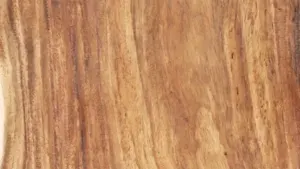




Leave your comment